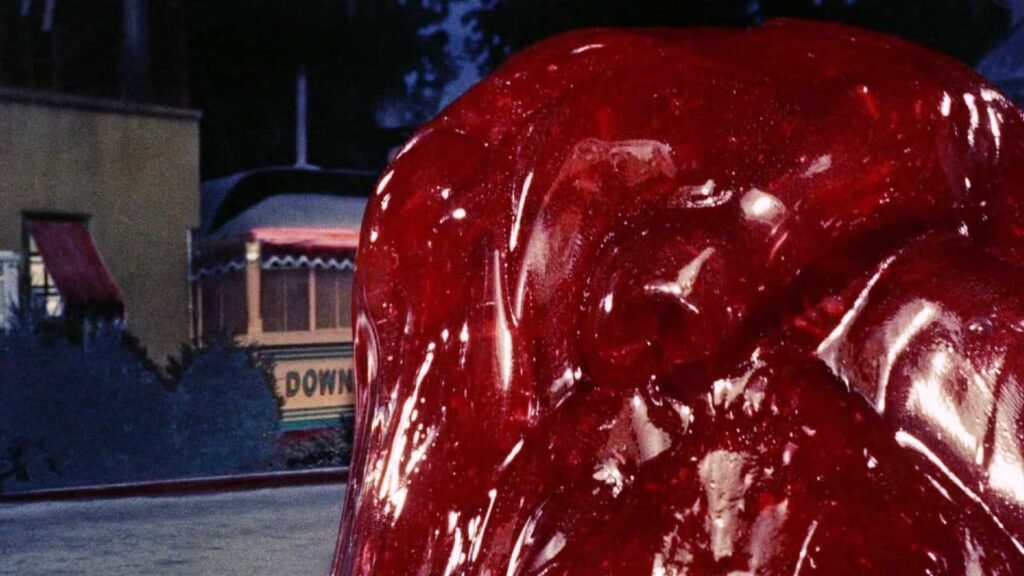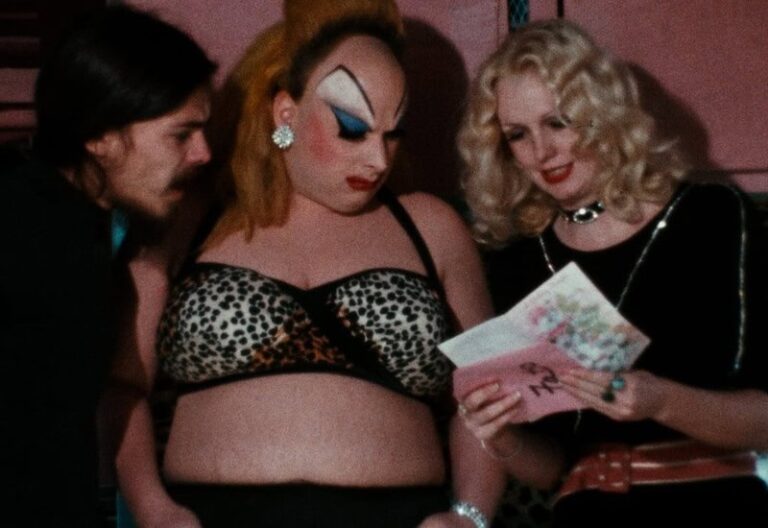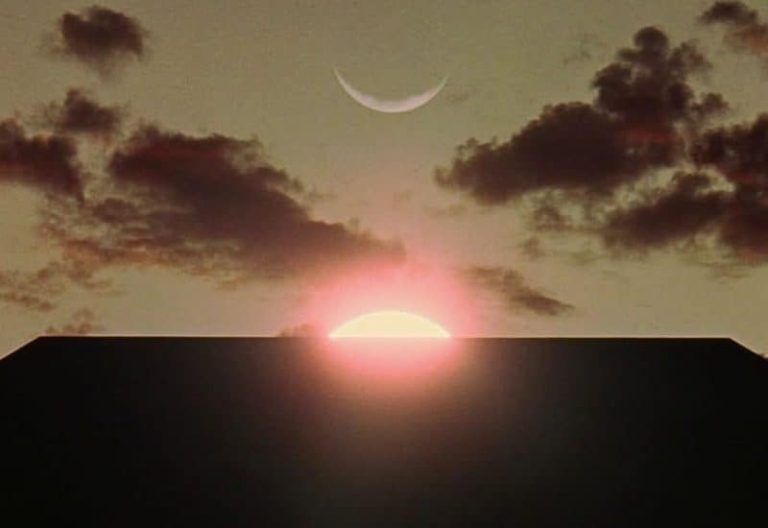the rise & evolution of B movies
B movies have long been a staple of the film industry, existing in the shadows of their higher-budget counterparts yet cultivating their own unique legacy. These films, often created with limited budgets and aimed at smaller, niche audiences, have played a crucial role in cinema’s evolution, influencing genres, filmmakers, and also the way movies are produced.
Published by: CinemaWaves Team | Filed Under: Film Blog
What is a B Film exactly?
B film, at its core, is a low-budget, quickly produced film that typically lacks the major star power, elaborate special effects, and large-scale marketing campaigns associated with “A” films. Originally, B movies were designed to be the second feature in a double bill, serving as a complement to the main attraction.
Over time, the term evolved to any film with modest production values, usually catering to specific genres like horror, science fiction, and action. Despite these limitations, these films often found success through their ability to embrace their campy, offbeat nature, appealing to niche audiences who appreciated their unique charm and creativity.
Origins of B Movies
(1930s - 1940s)
The term “B movie” originated in the early days of Hollywood during the 1930s and 1940s, in what is known as the “Golden Age of Hollywood.” During this era, movie theaters usually offered double features – two movies for the price of one. The first film shown was the “A picture,” the main attraction with a bigger budget, major stars, and significant studio backing. The second feature, produced on a low budget with lesser-known actors and directors, was the “B picture.”
B movies were born out of a practical need. Studios realized they could maximize their profits by producing films quickly and cheaply to fill out the second half of double features. These films were genre fare, focusing on westerns, horror, science fiction, crime thrillers, and exploitation films. While the term “B movie” initially referred to the second film in a double bill, it gradually evolved into a broader term, denoting low-budget films with modest production values.

The Rise of B Movies
(1950s - 1960s)
By the mid-20th century, B movies had become a thriving sub-industry, with studios like Republic Pictures, Monogram Pictures, and Poverty Row, which operated on the fringes of Hollywood, catering to audiences that wanted “quick” entertainment. Westerns were a popular genre for B movies, as they were cheap to produce and required minimal special effects or elaborate sets.
The 1950s saw a major shift in the types of B movies, particularly with the rise of drive-in theaters and teenage audiences. Science fiction and horror films, centered around monsters, aliens became popular staples. Films like “The Blob” (1958) and “Creature from the Black Lagoon” (1954) offered thrilling, if often campy, experiences that appealed to younger audiences.
During this time, Roger Corman emerged as one of the most important figures. As a producer and director, Corman was known for making films quickly and on incredibly small budgets, sometimes shooting an entire film in just a matter of days. His works, such as “The Little Shop of Horrors” (1960) and “The Pit and the Pendulum” (1961), exemplified the creativity that thrived within budgetary constraints. Corman also provided a stepping stone for future major filmmakers, giving early opportunities to figures several New Wave directors like Francis Ford Coppola and Martin Scorsese.

Continued Evolution
(1970s - 1980s)
The 1970s marked an important evolution, as the lines between B films and mainstream cinema began to blur. By this time, the traditional studio system had declined, and independent filmmakers were able to take greater risks. Films like “The Texas Chain Saw Massacre” (1974) and “The Hills Have Eyes” (1977), made on shoestring budgets, became notorious for their intense horror and shocking visuals, helping to cement the slasher and exploitation genres as main productions within the genre.
In the 1980s, B movies thrived in the era of home video, where the explosion of VHS rentals allowed low-budget films to reach a wider audience than ever before. This period also saw the rise of companies like Cannon Films, which became notorious for producing cheap, over-the-top action films and exploitation movies. Films like “The Toxic Avenger” (1984) exemplified the bizarre and campy nature of many 1980s B movies, with outrageous plots, outlandish characters, and a mix of humor and grotesque violence. Cult classics like “Evil Dead” (1981) and “Re-Animator” (1985) further cemented the lasting appeal of B movies, with their blend of gory special effects, dark humor, and inventive filmmaking.
By the end of the 1980s, B movies had found a permanent place in pop culture, fueled by the rise of cult fandom and the increasing accessibility of home media. Directors like Sam Raimi, whose “Evil Dead” franchise started as a low-budget B movie, would later transition into mainstream success. This era also solidified the idea that B films, though commonly dismissed as “low art,” were actually helpful for innovation and genre experimentation, influencing both independent and mainstream cinema.
Legacy and Influence of B Films
Many genres, particularly horror and science fiction, owe much of their development to the B movie tradition. Filmmakers working with limited resources were forced to innovate, creating memorable images and techniques that would later be adopted by mainstream cinema. Additionally, they have had a lasting cultural impact, particularly within the realm of cult cinema.
Many B films have developed passionate fan bases, with midnight screenings, fan conventions, and home video releases helping to keep these films alive long after their initial release. The aesthetic of B movies has also been embraced by modern filmmakers, with directors like Quentin Tarantino and Robert Rodriguez paying homage to the genre in films such as “Grindhouse” (2007).
B movies may not have the prestige or budget of Hollywood’s blockbusters, but their impact on the film industry and popular culture is undeniable.
Refer to the main page for more educational insights on filmmaking and cinema history.
A cult film is a movie that builds a devoted following without achieving mainstream success or widespread critical praise at the time of its release. These films are…
Experimental film, referred to as avantgarde cinema, is a genre that defies traditional storytelling and filmmaking techniques. It explores the boundaries of the medium, prioritizing…
The studio system was a dominant force in Hollywood from the 1920s to the 1950s. It was characterized by a few major studios controlling all aspects of film production…
Independent film, often called indie film, is produced outside the major studio system. Its roots can be traced back to the early 20th century, when filmmakers began seeking…
Surrealist cinema originated in the 1920s as an extension of the broader Surrealist art movement, which itself grew out of the Dada movement that arose during and after World…
In the late 1960s and throughout the 1970s, until mid 1980s, a cinematic revolution unfolded in Hollywood that would forever change the landscape of the film industry. American New…






